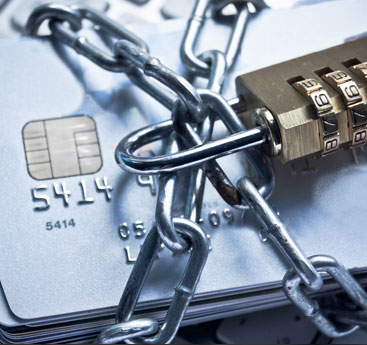Chargebacks are costly to a business. Not only does it cost the business the amount in the initial order, there are fees charged by the processor for the funds reversal. It can end up costing a business quite a bit of money.
What is a chargeback?
If you’re new to payment processing, you may not know what a chargeback is. A chargeback is the return of funds to a customer. Funds are removed from the merchant’s account. It is done with force from the issuing bank (consumer’s end). Essentially, it is the reversal of a charge from a merchant back to the consumer.
How do you avoid chargebacks?
There are a few simple steps any merchant can take on their own. Generally chargebacks are more an issue for orders taken over the internet. In processing jargon, this is referred to as ‘card not present’ purchases or transactions. Chargebacks are higher because fraud is more prevalent. Fraudsters purchase lists of valid credit cards and use them in online stores where the credit card does not need to be physically present. To help avoid fraud, be sure to require your customers to enter the CVV code upon purchase. The CVV code is a three digit number on the back of Visa and MasterCard cards and a four digit number on the front of American Express cards. Also set your gateway account to validate the billing address.
Some payment processors like Total-Apps will provide an initial review of your situation and make recommendations regarding products and/or services that can be used to reduce your chargebacks and other risk items like transaction declines. If you’ve struggled with chargebacks and would like help from professionals, check out our payment processing risk reduction advice by clicking here.
At the end of the day, lowering chargebacks will keep your bank accounts full and free your time to focus on the important things – like running your business in an effective and innovative way.

